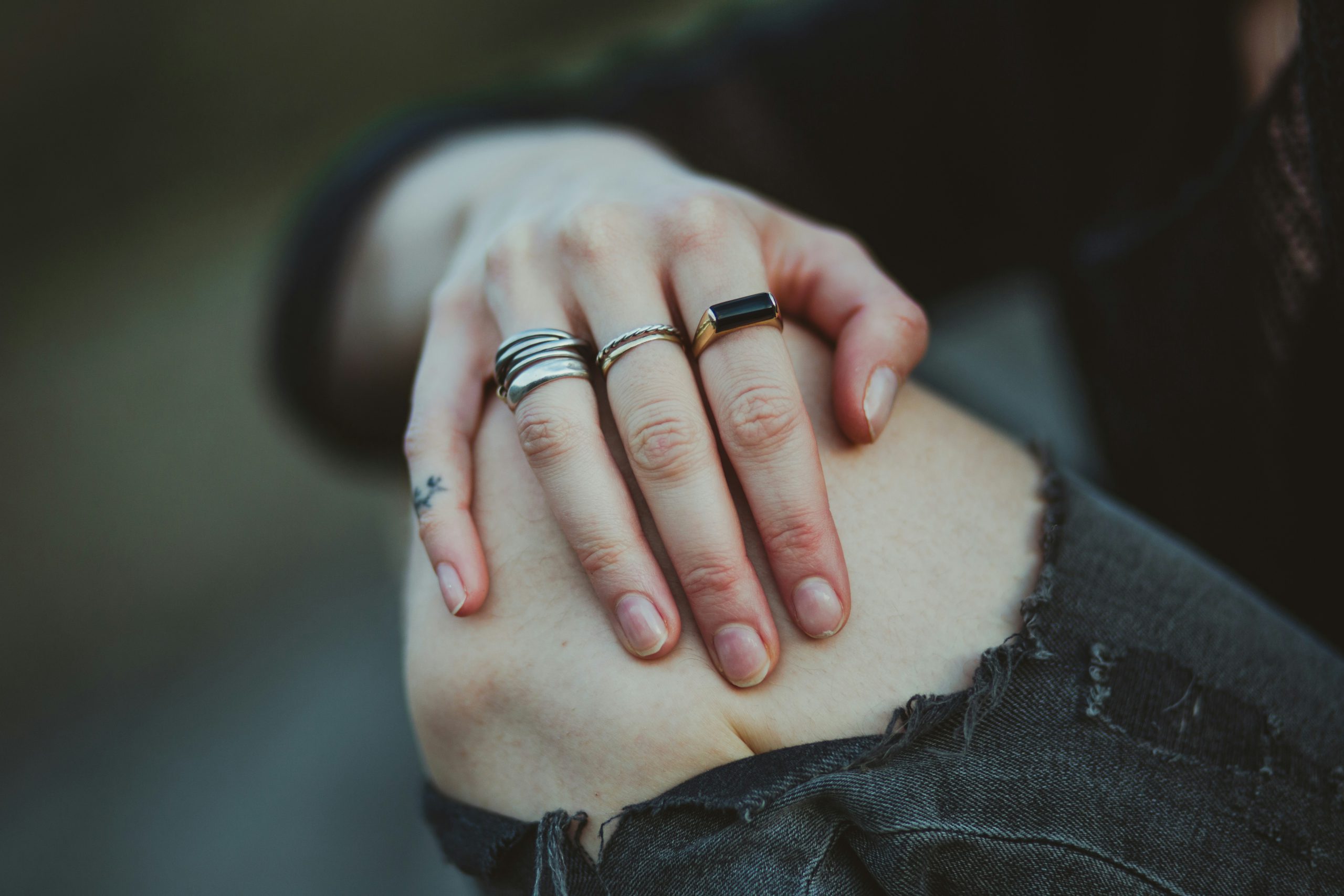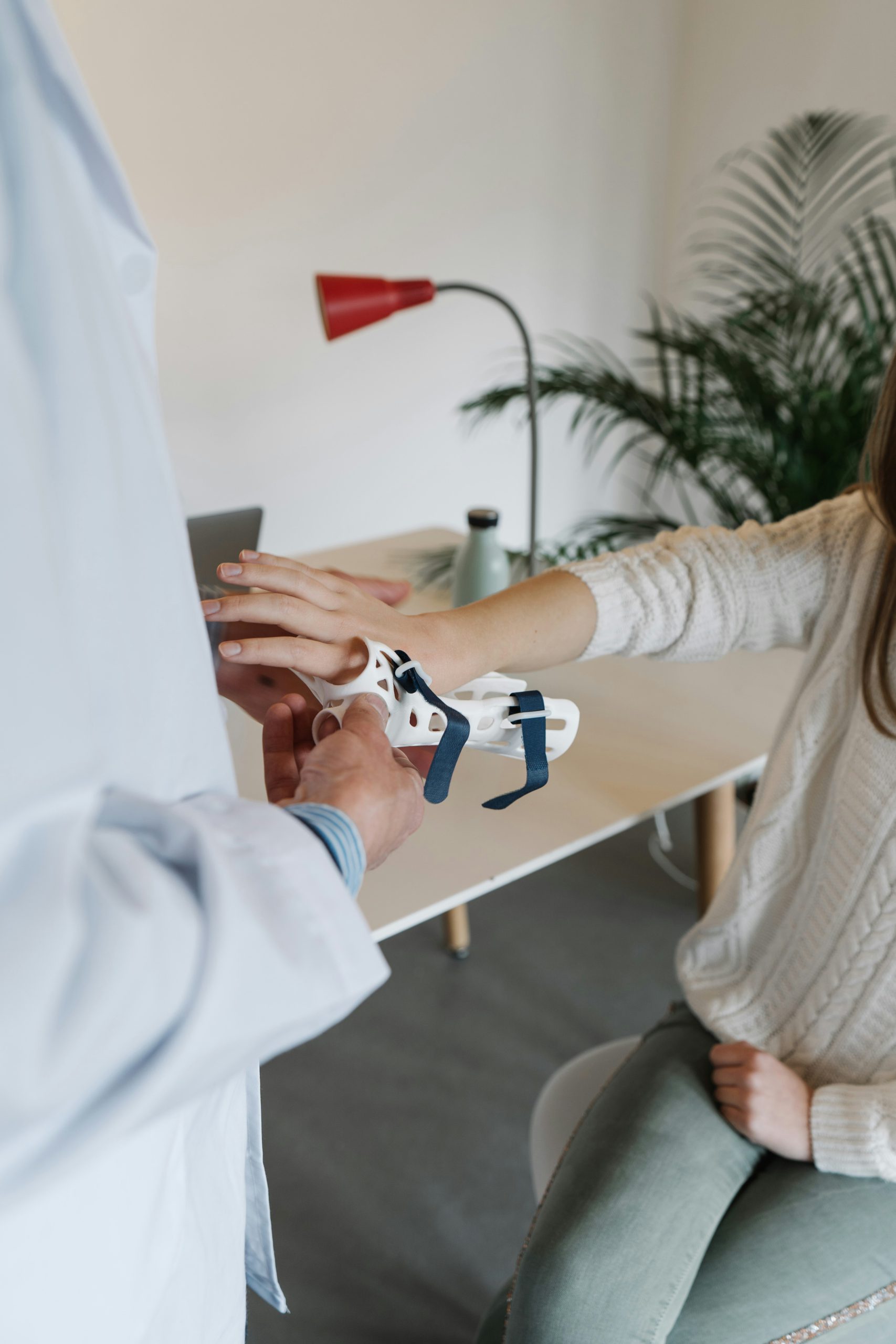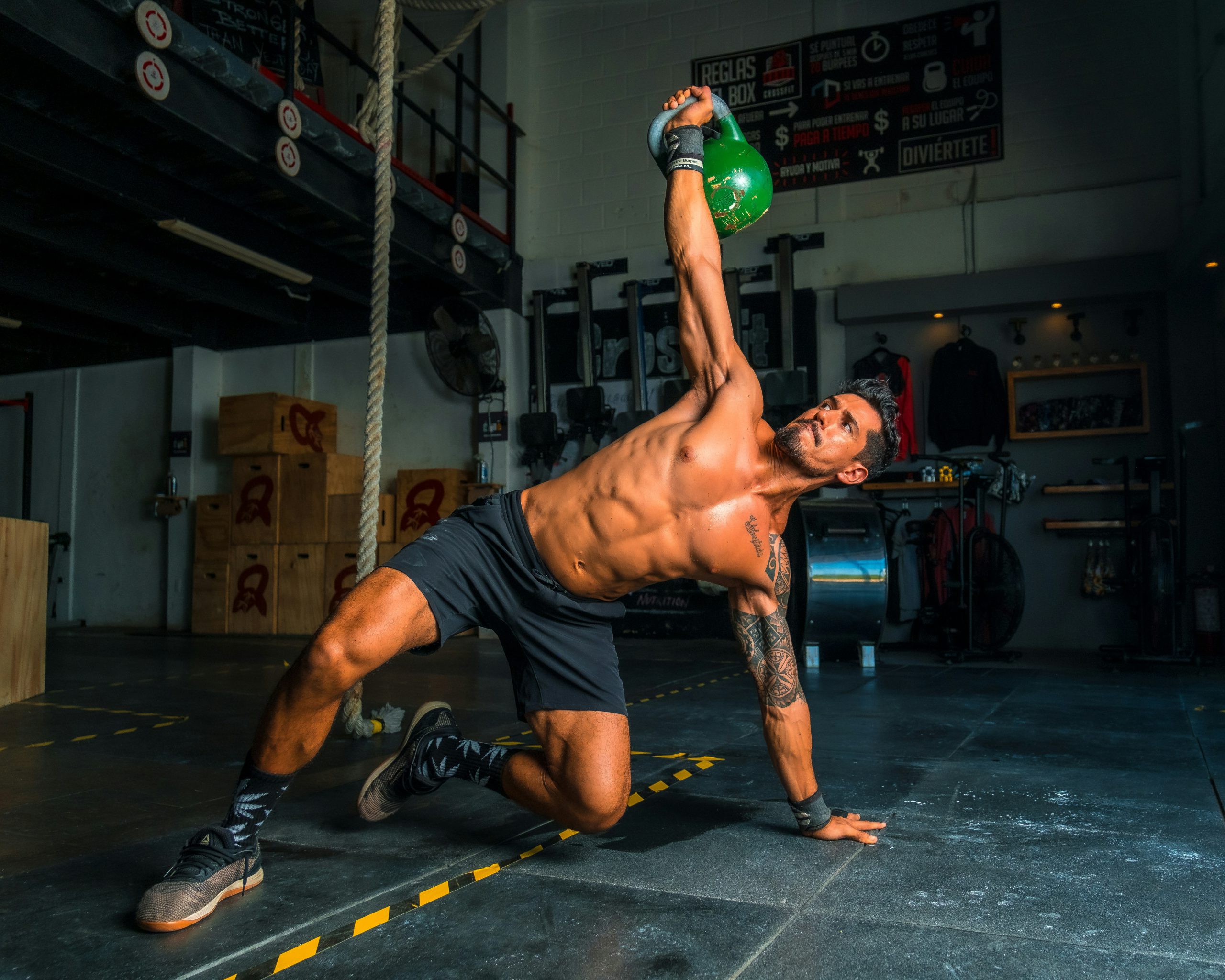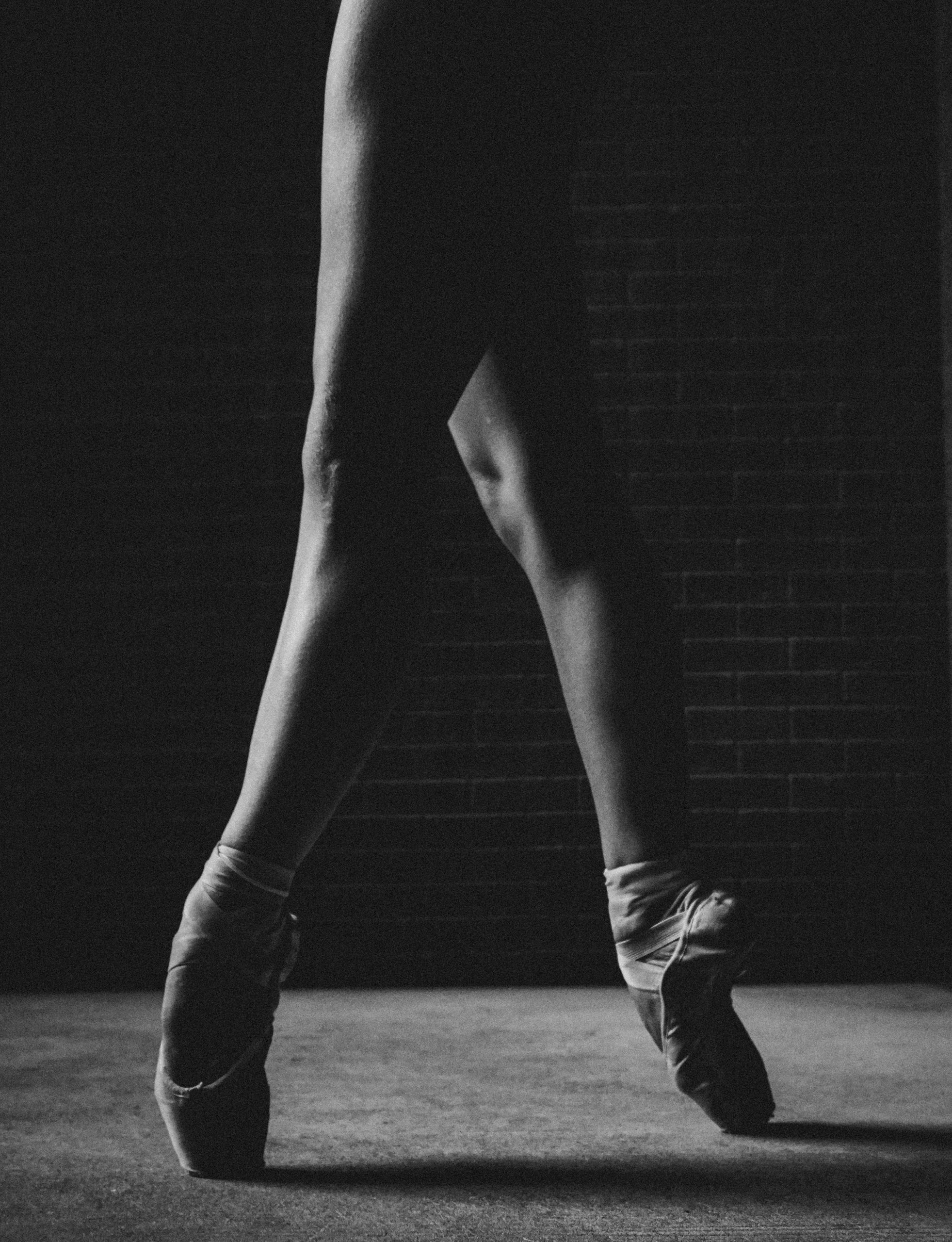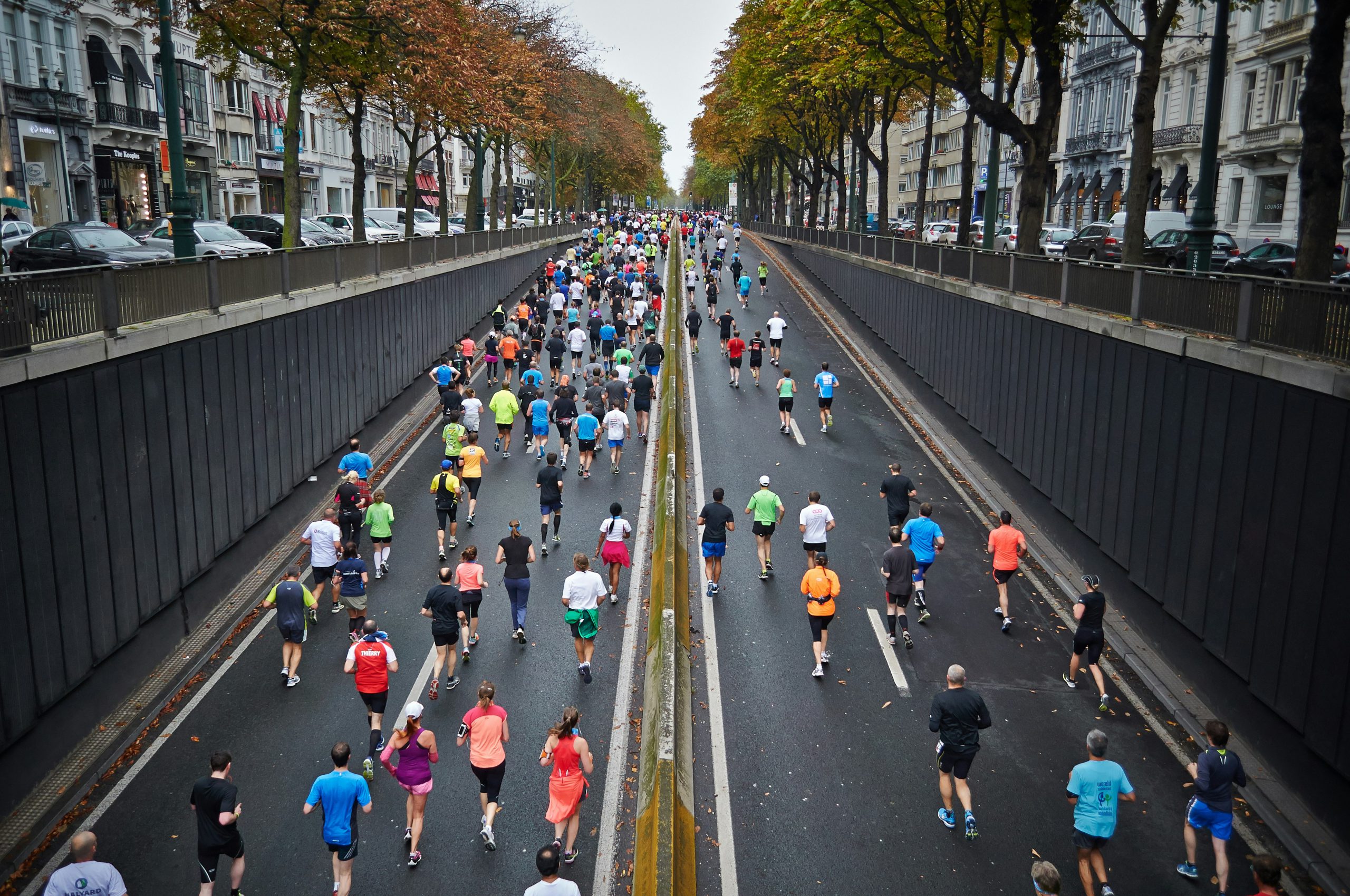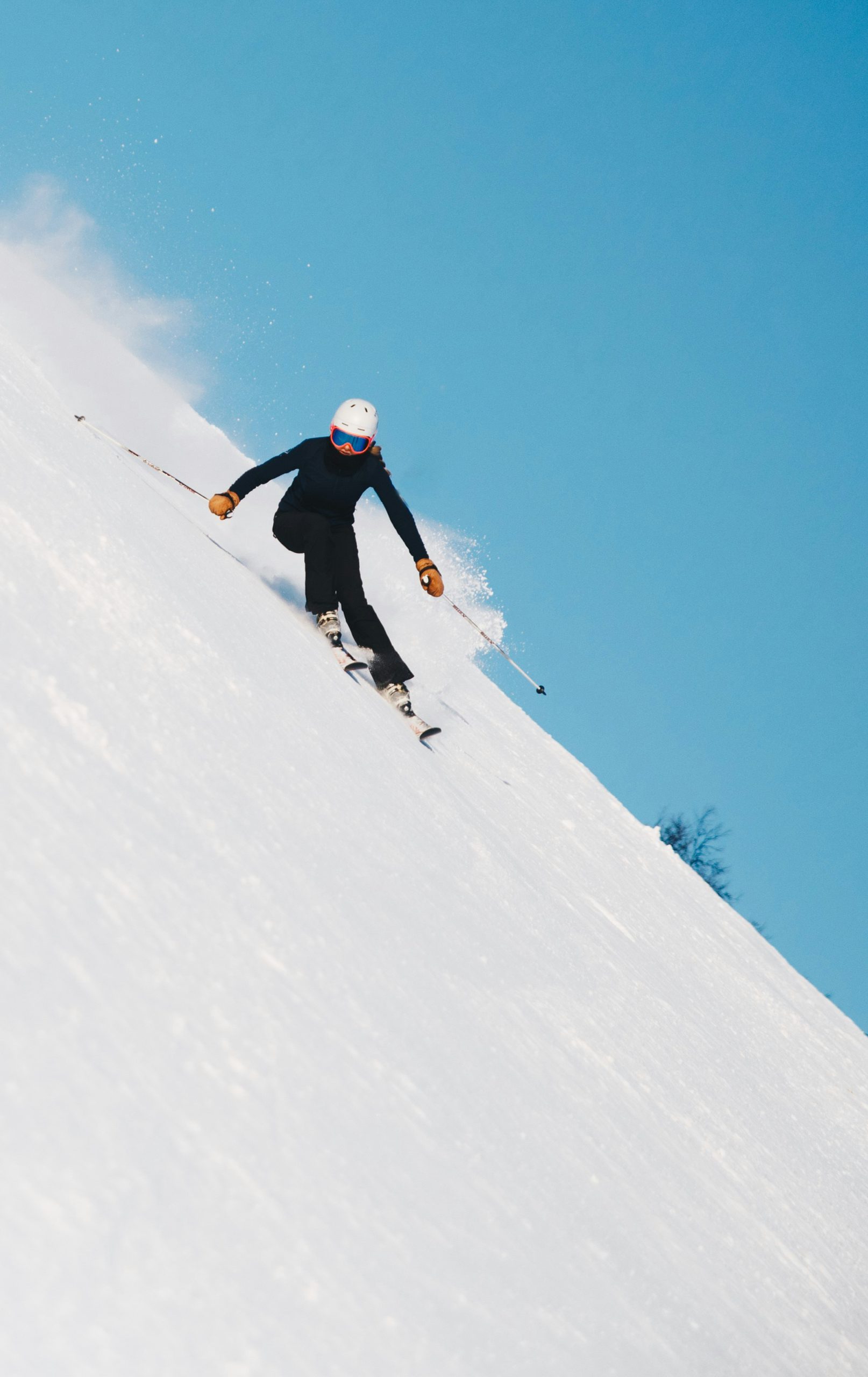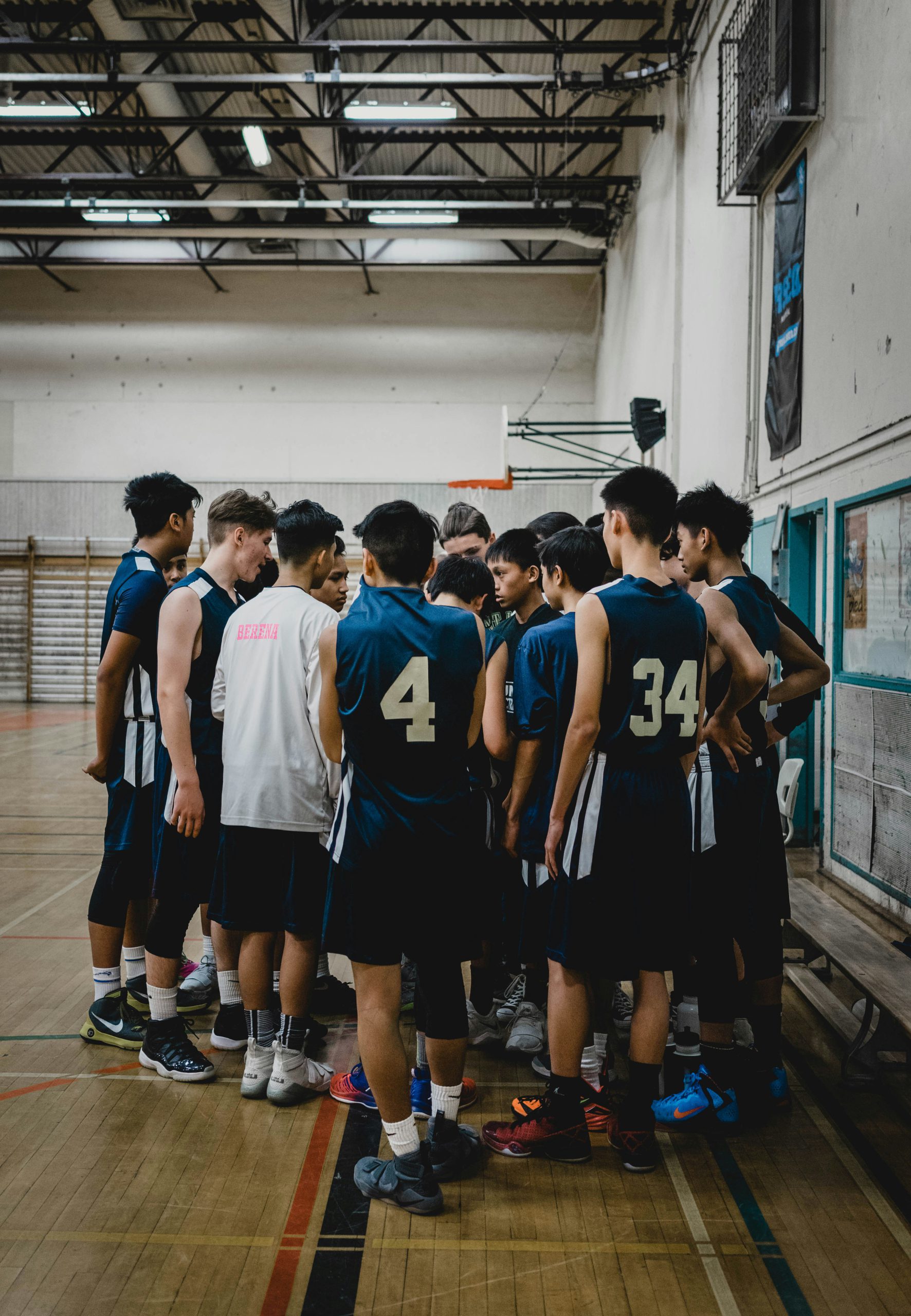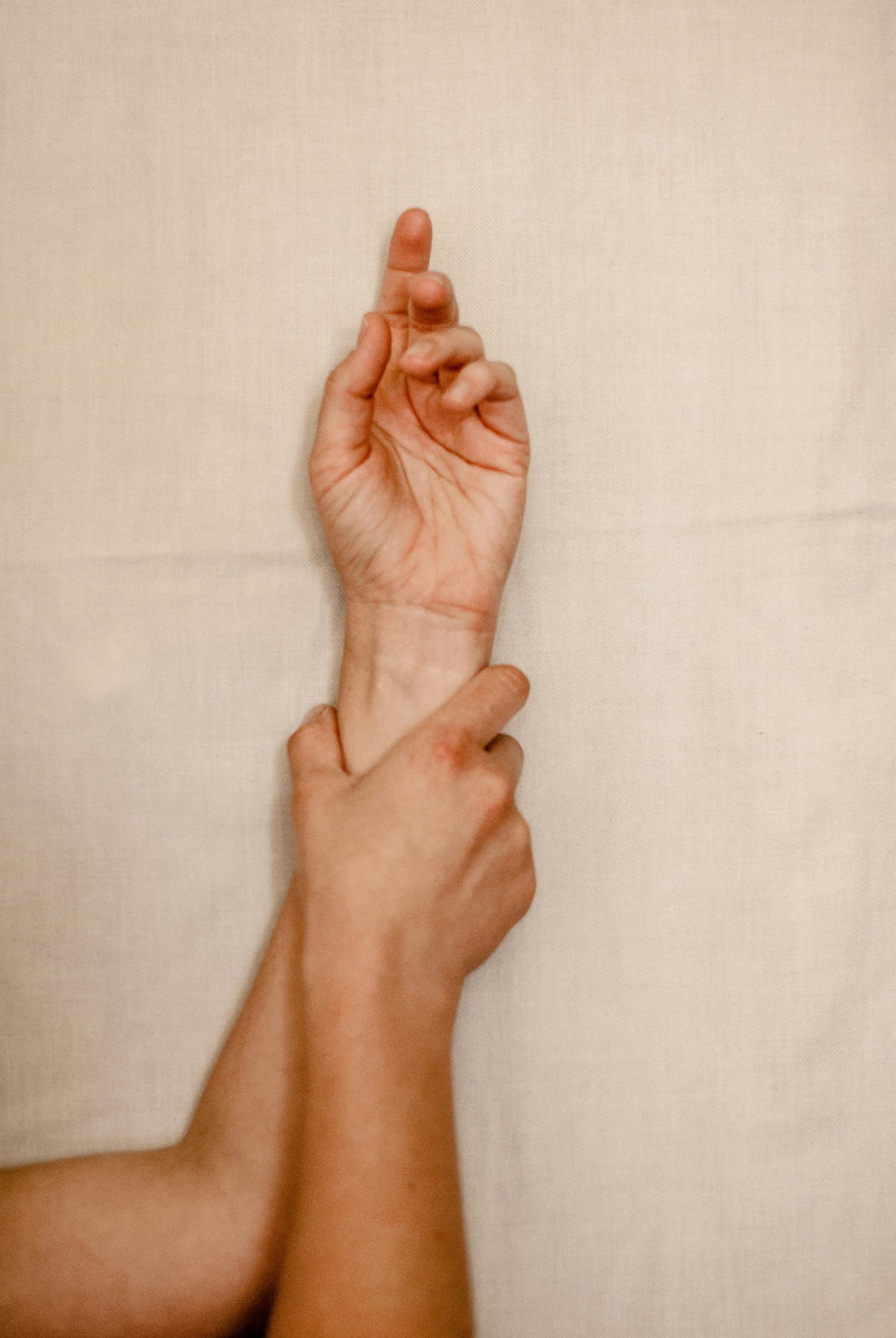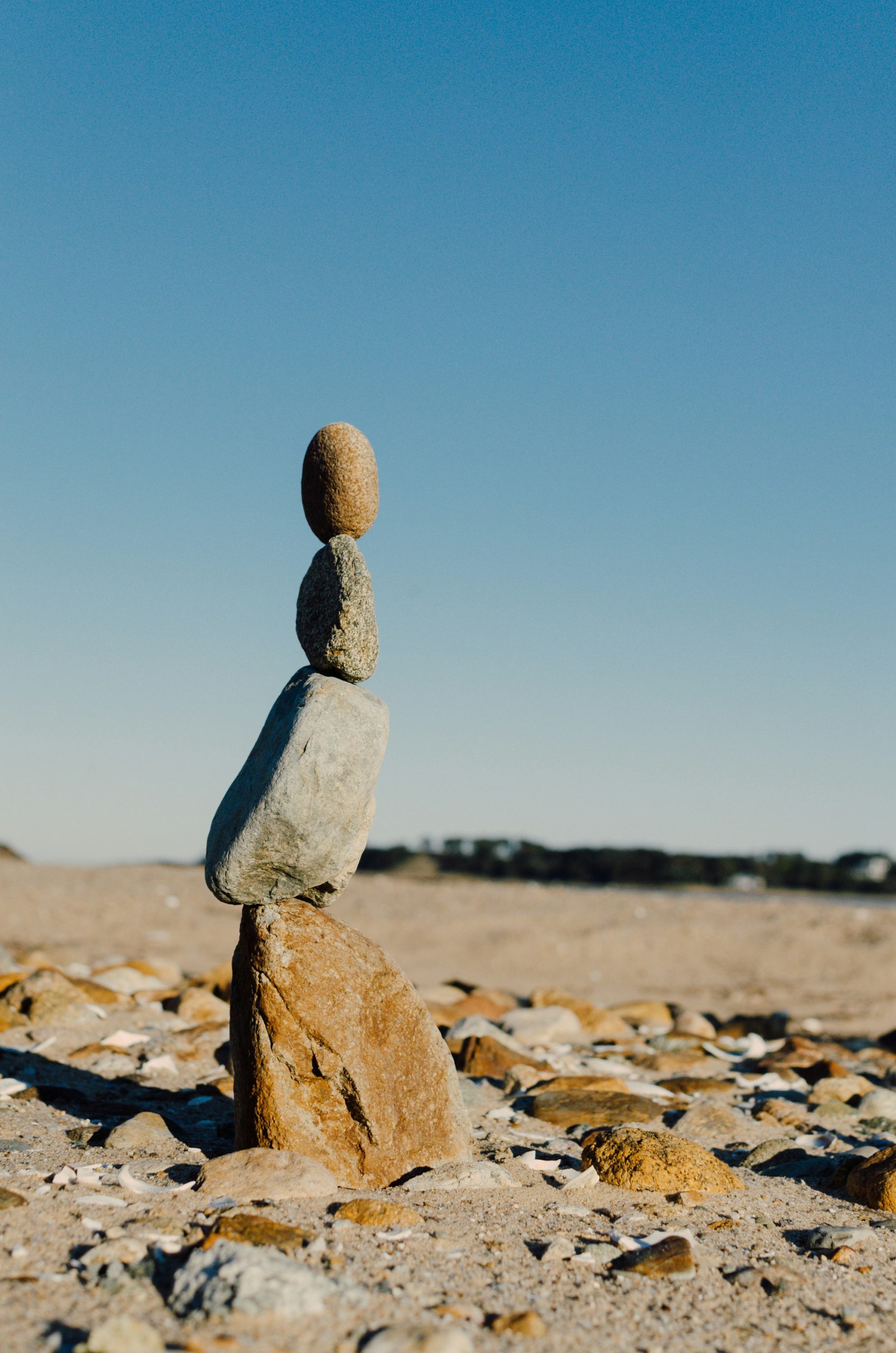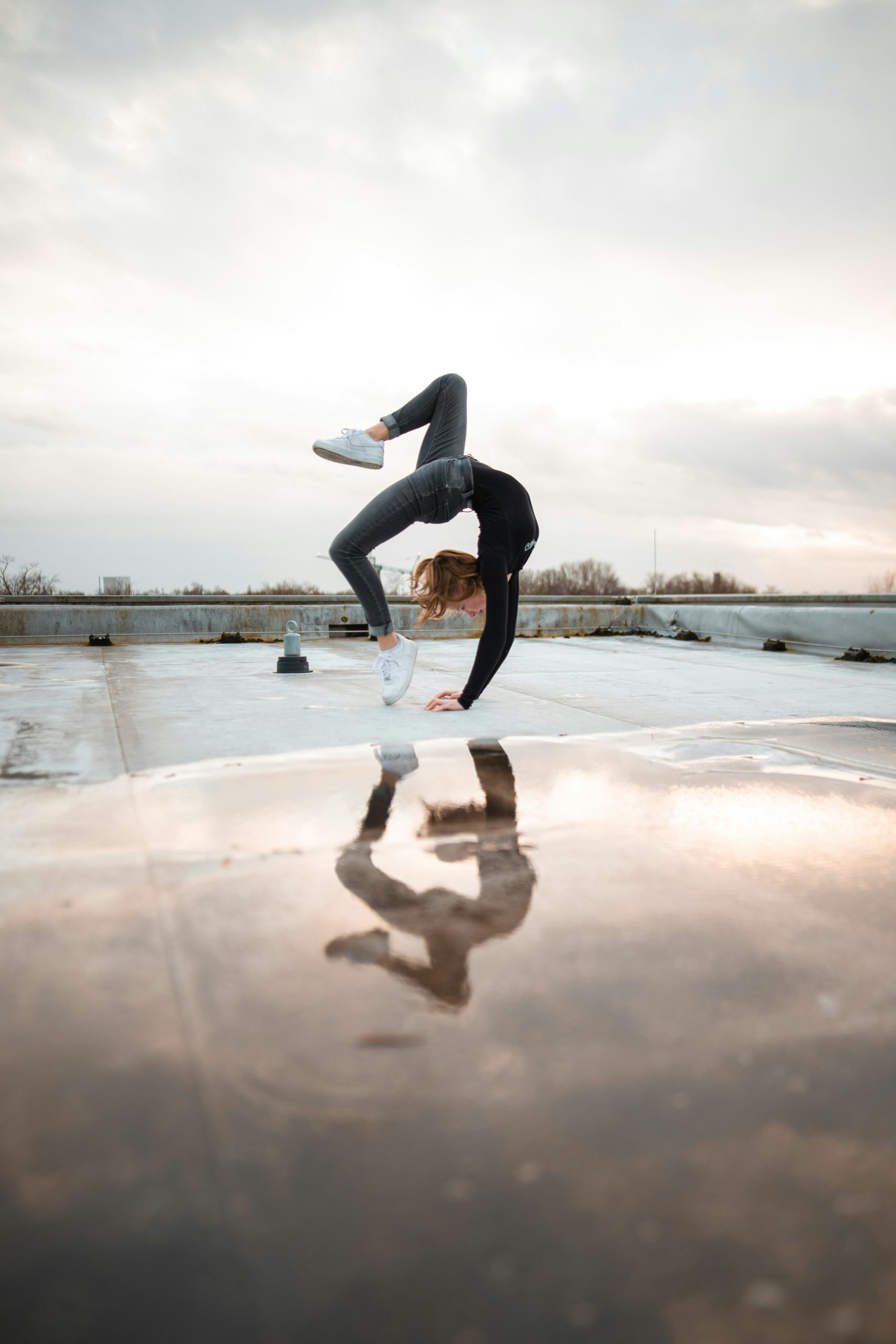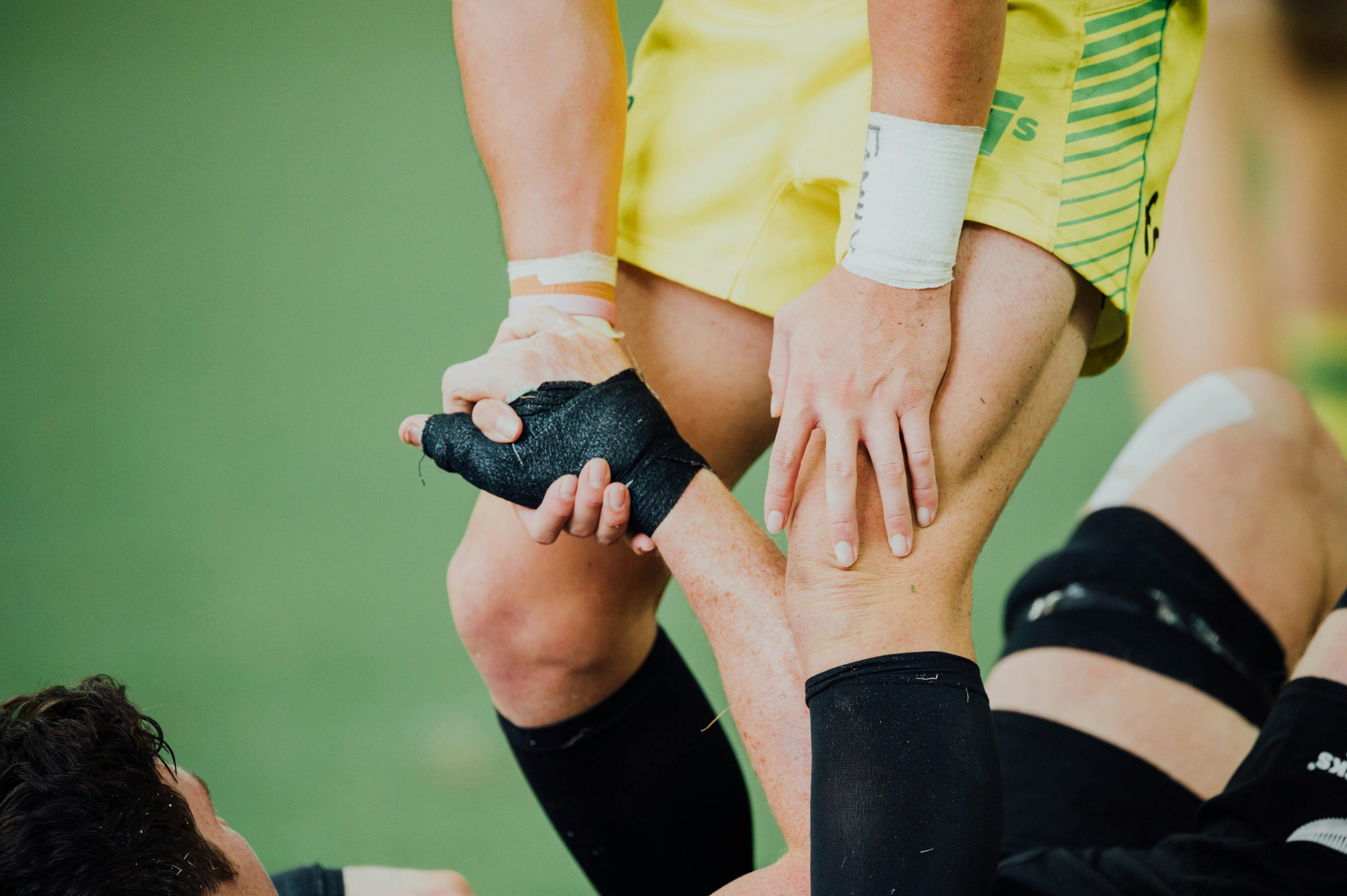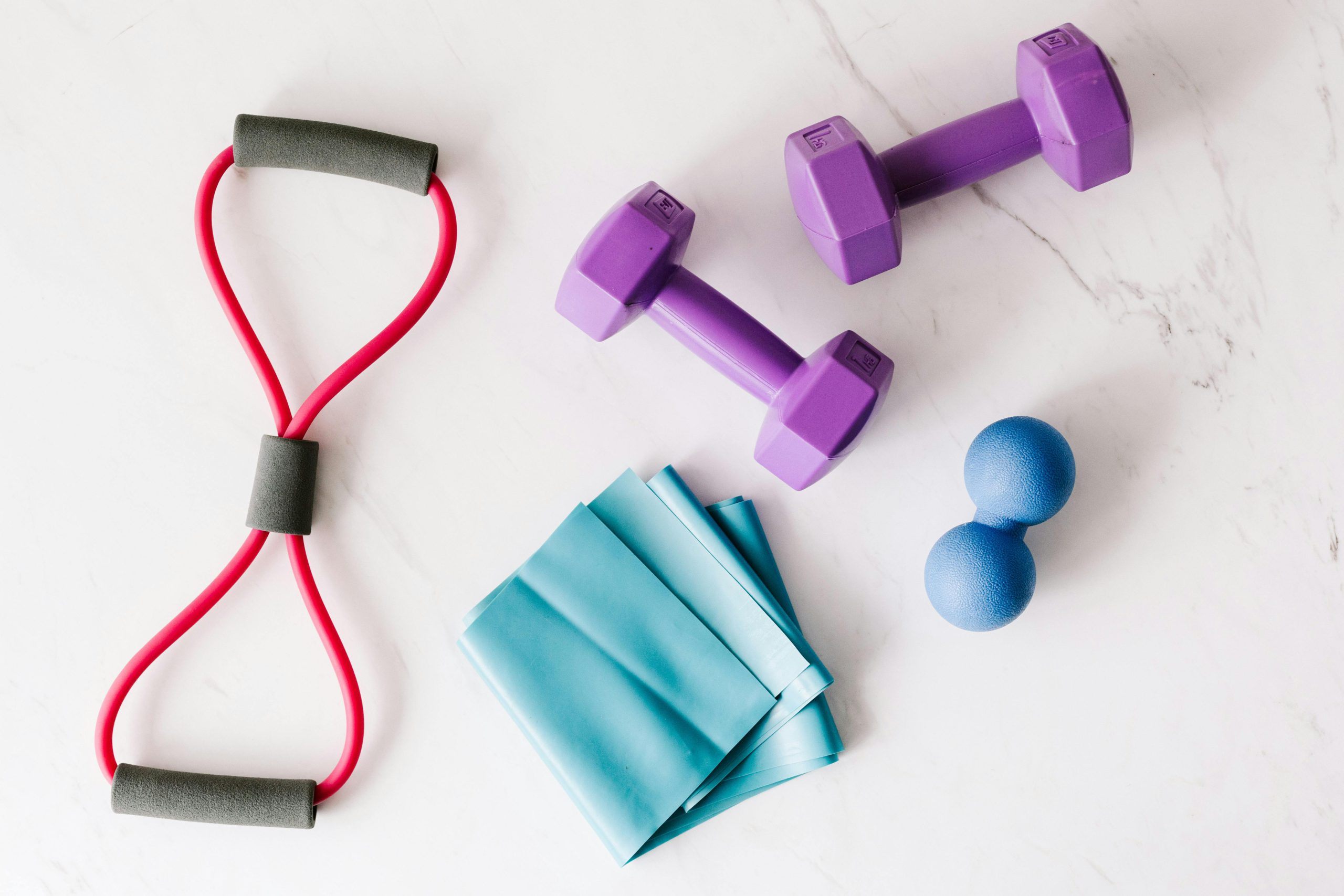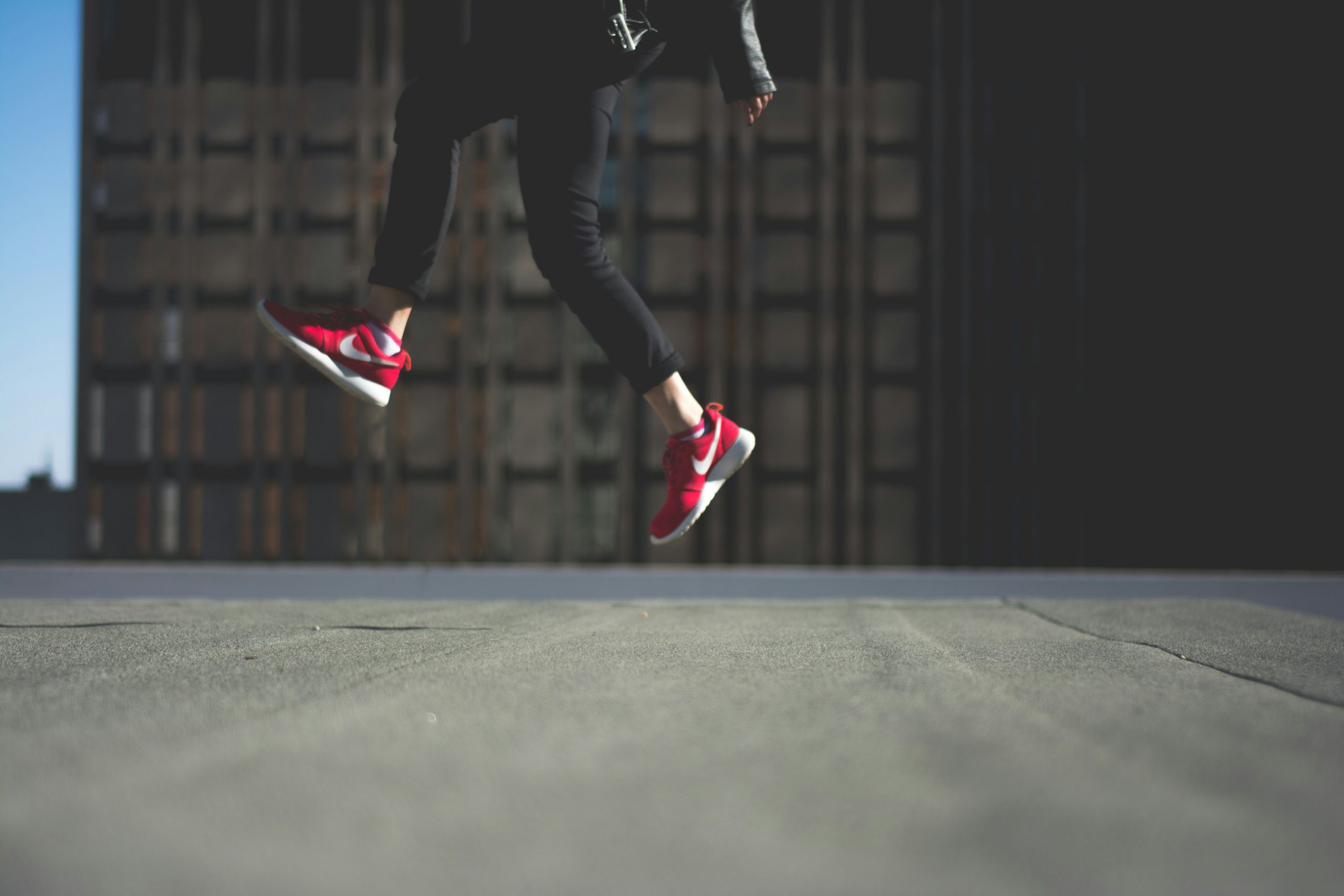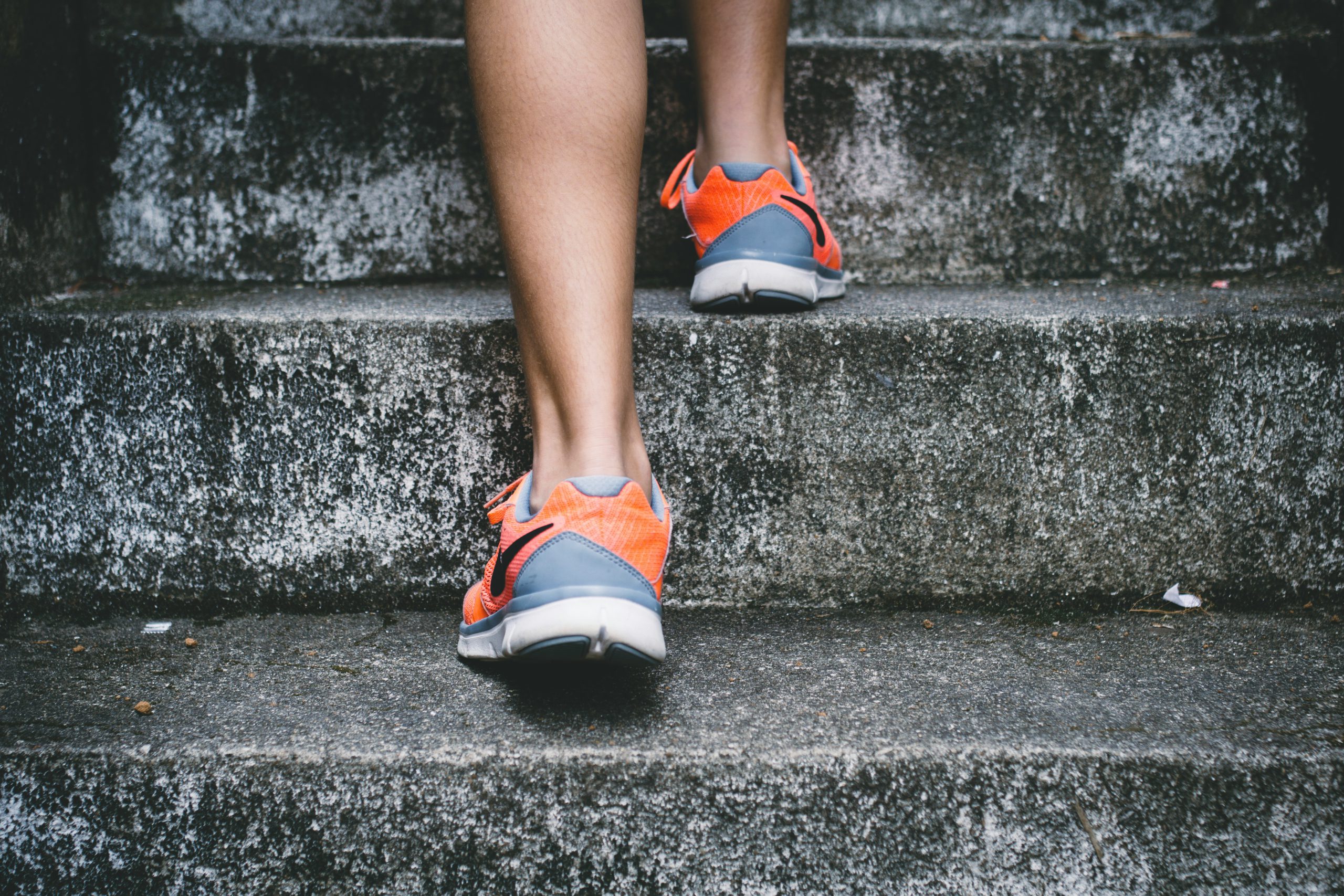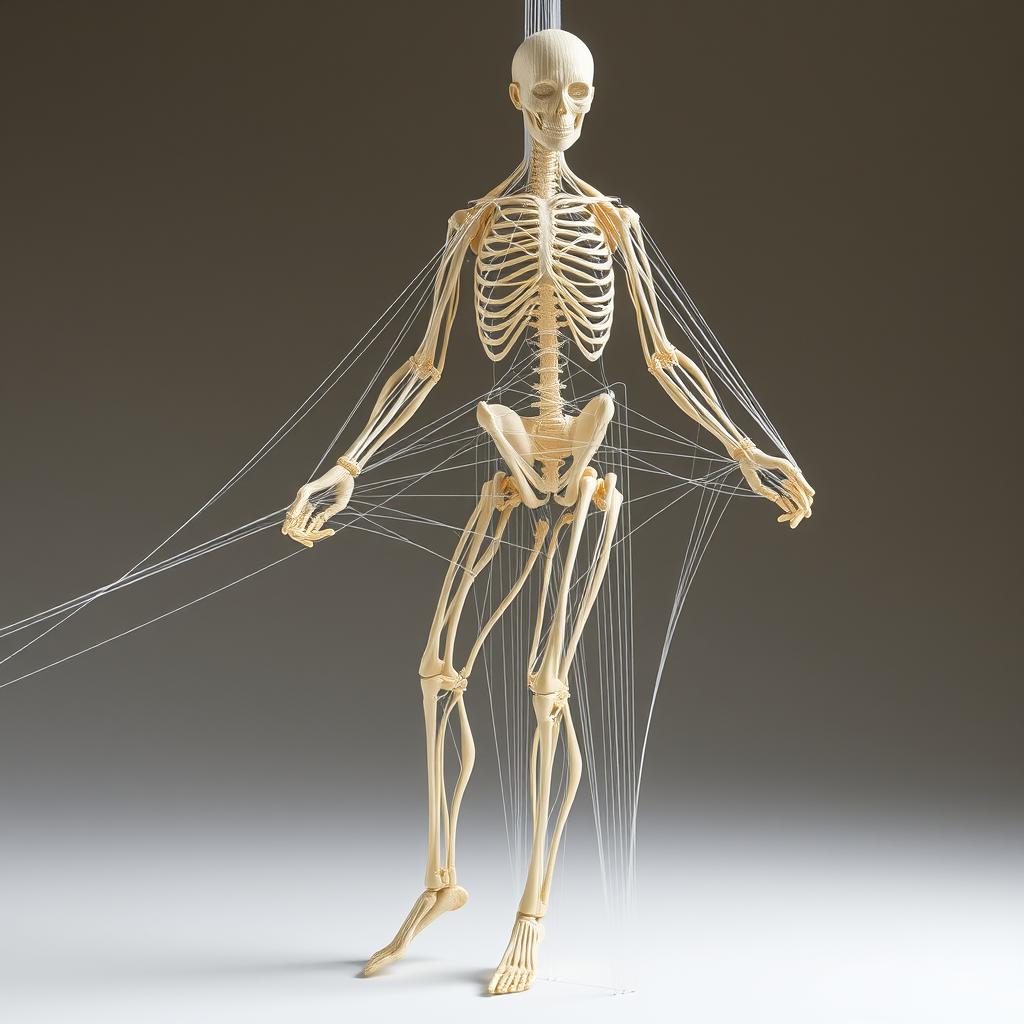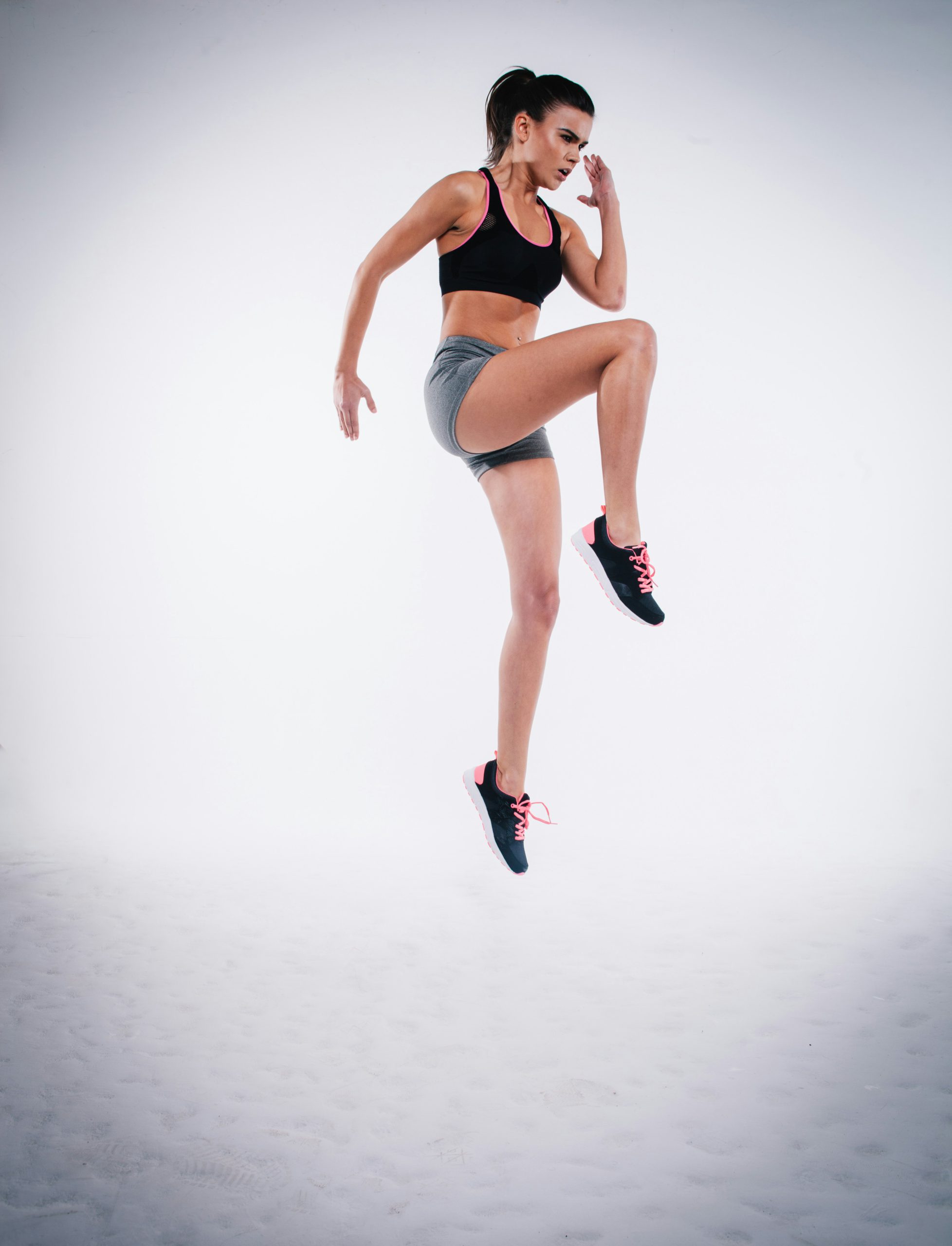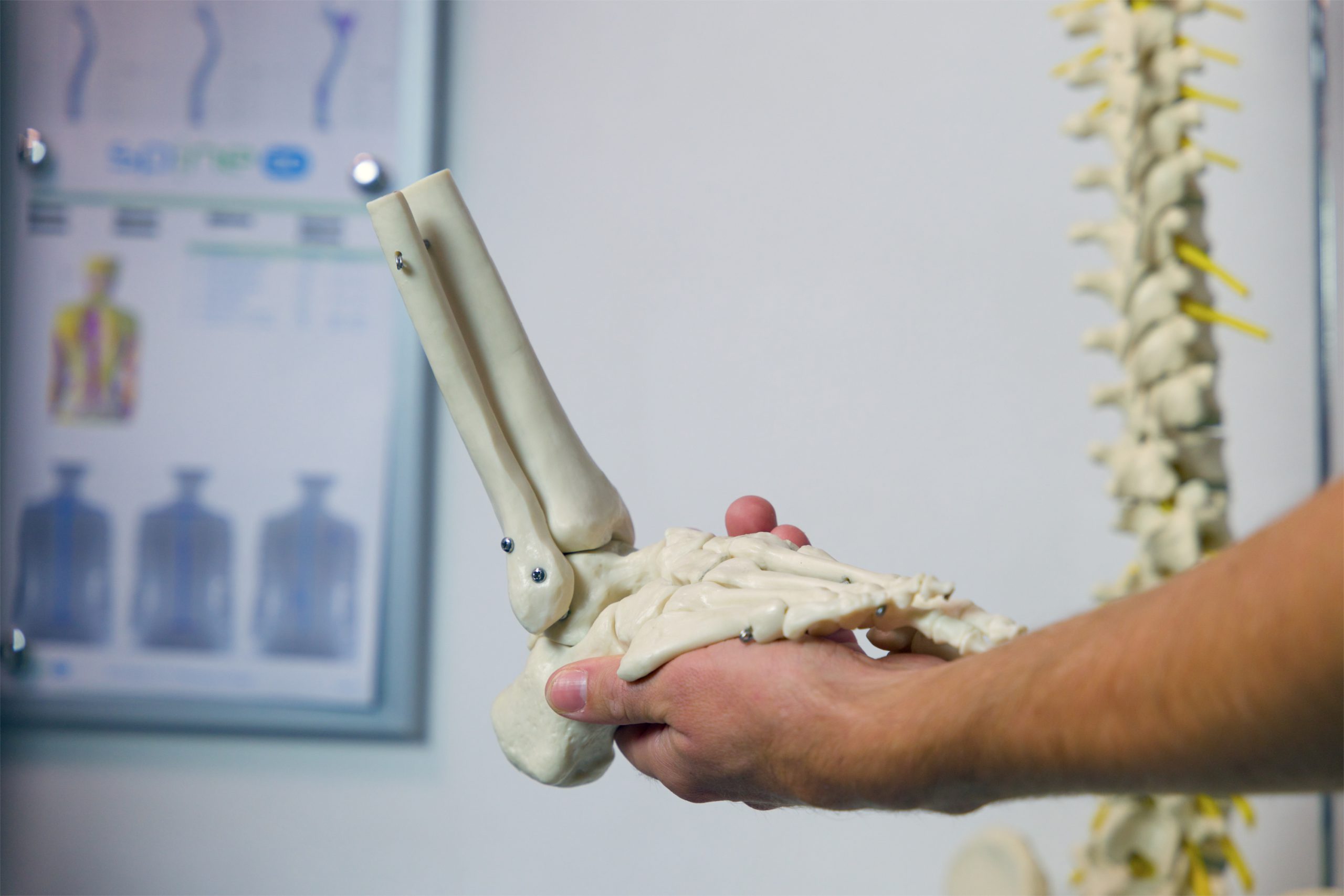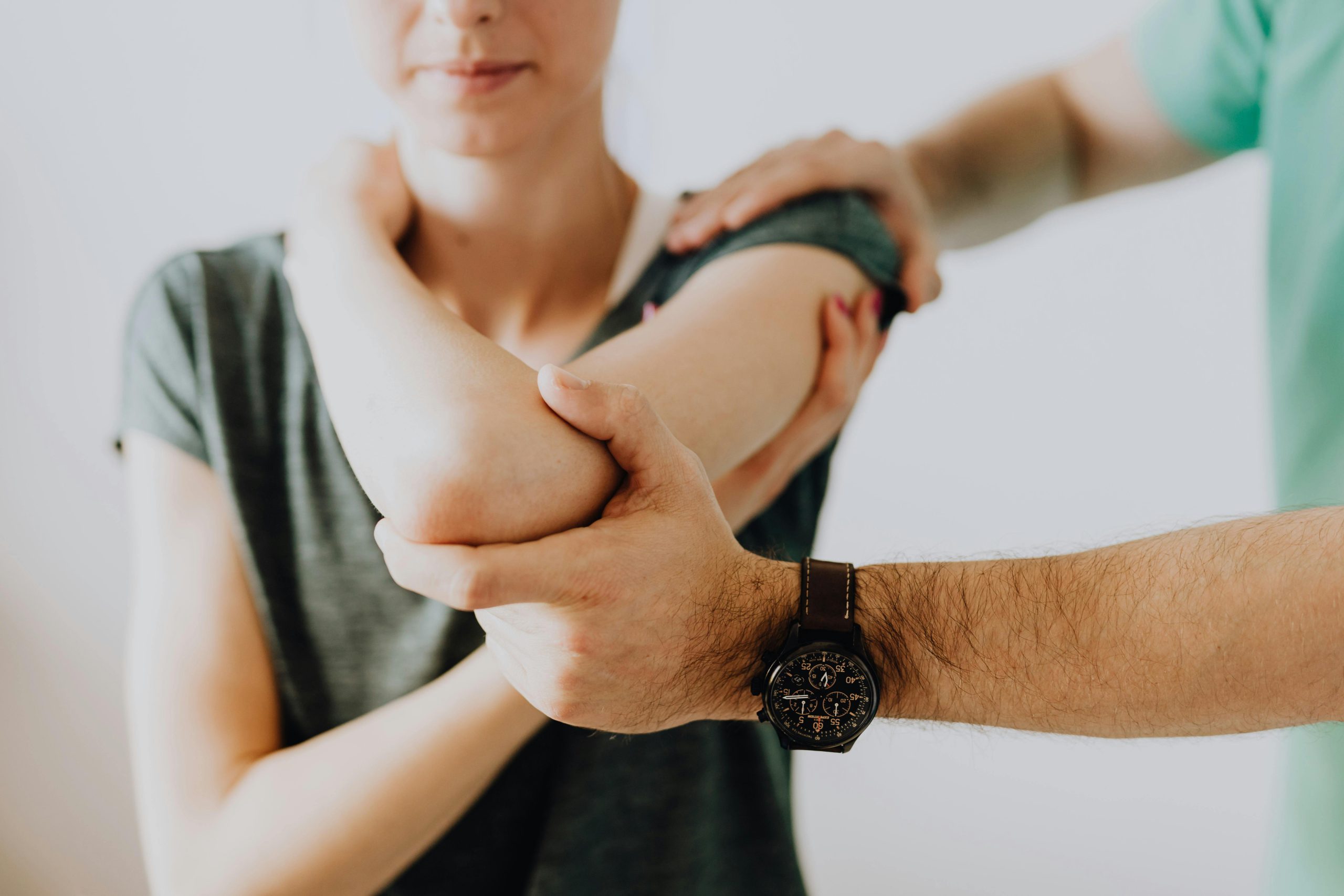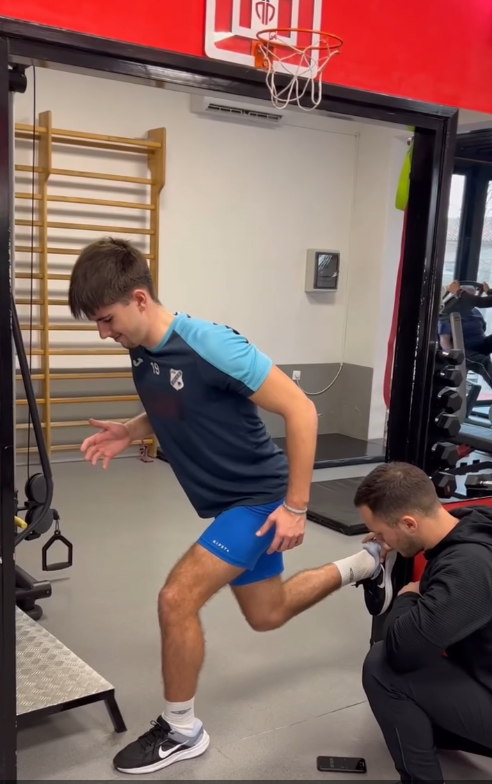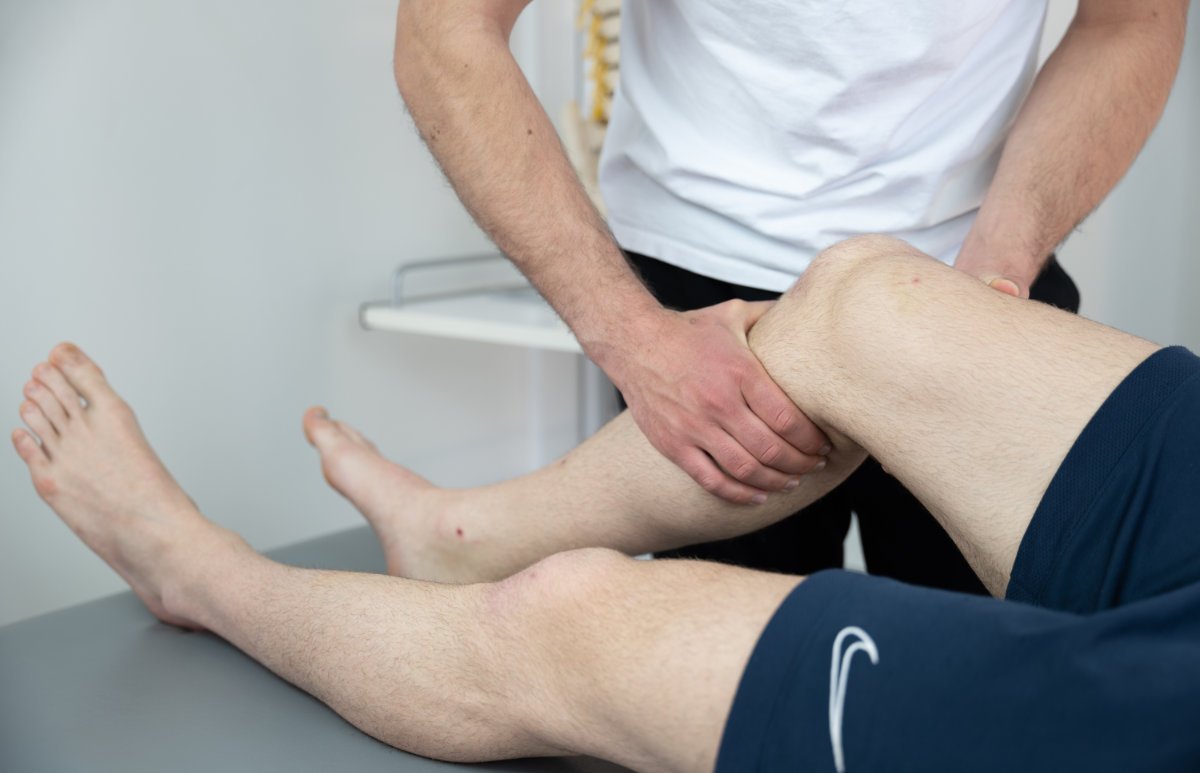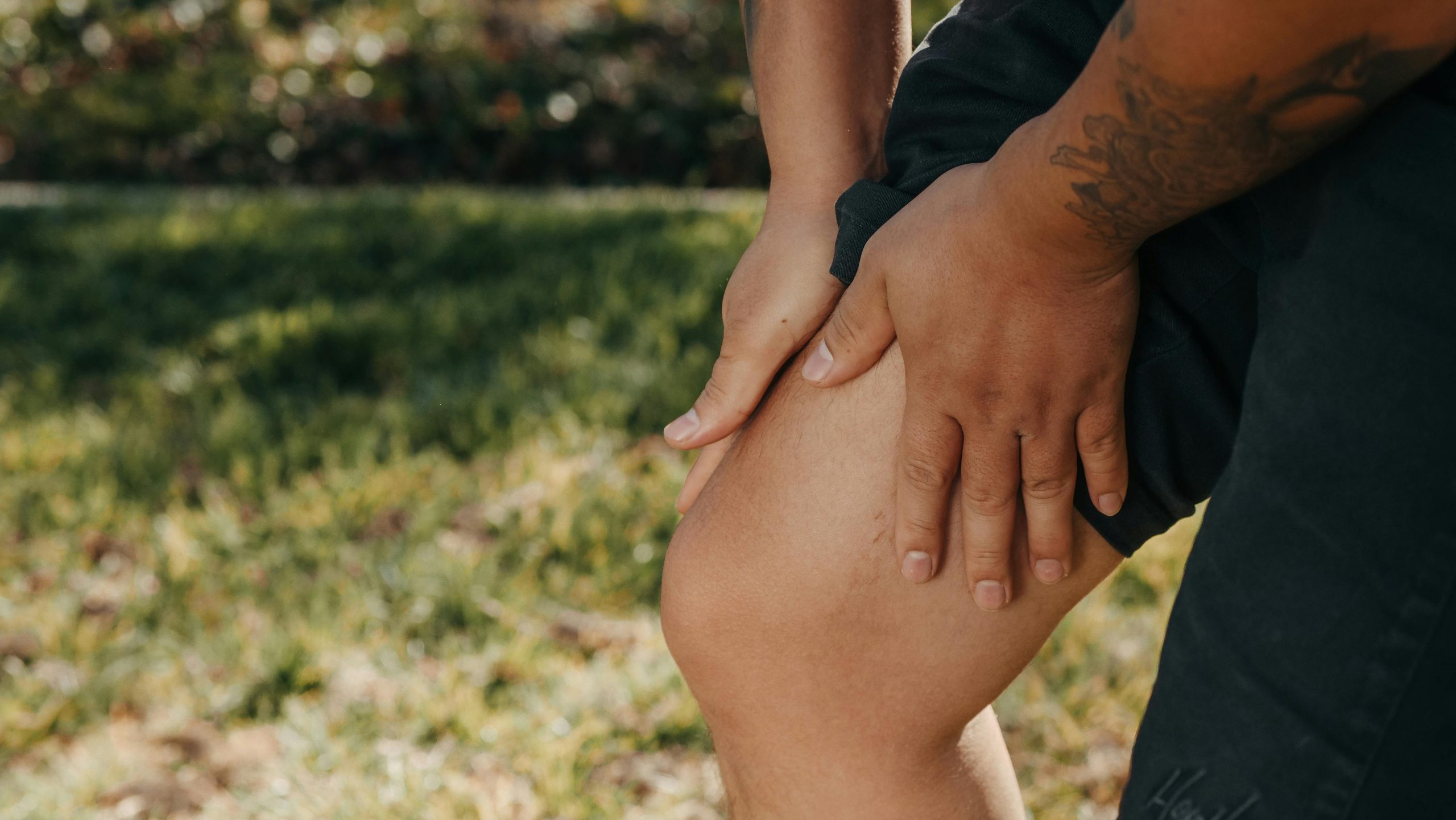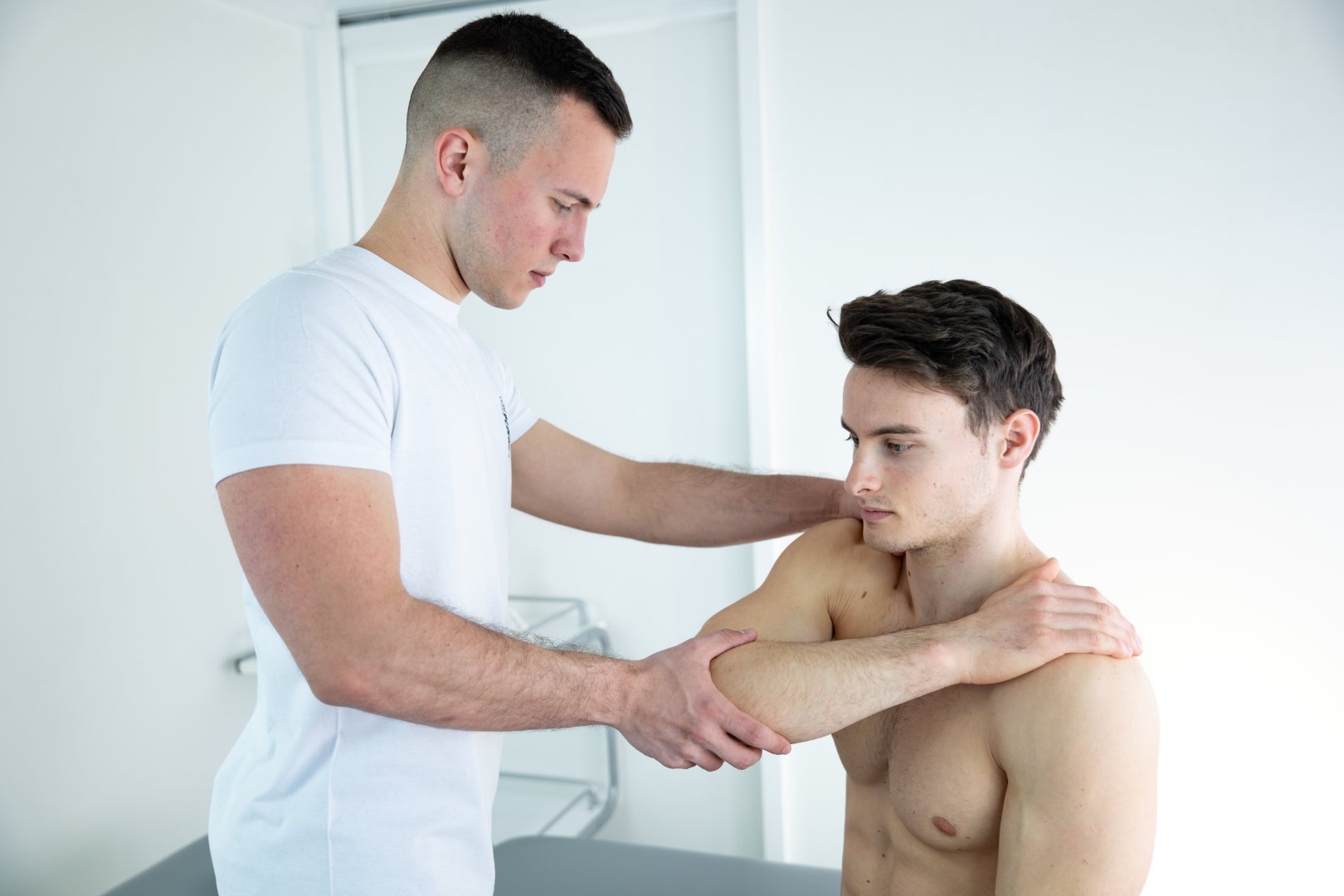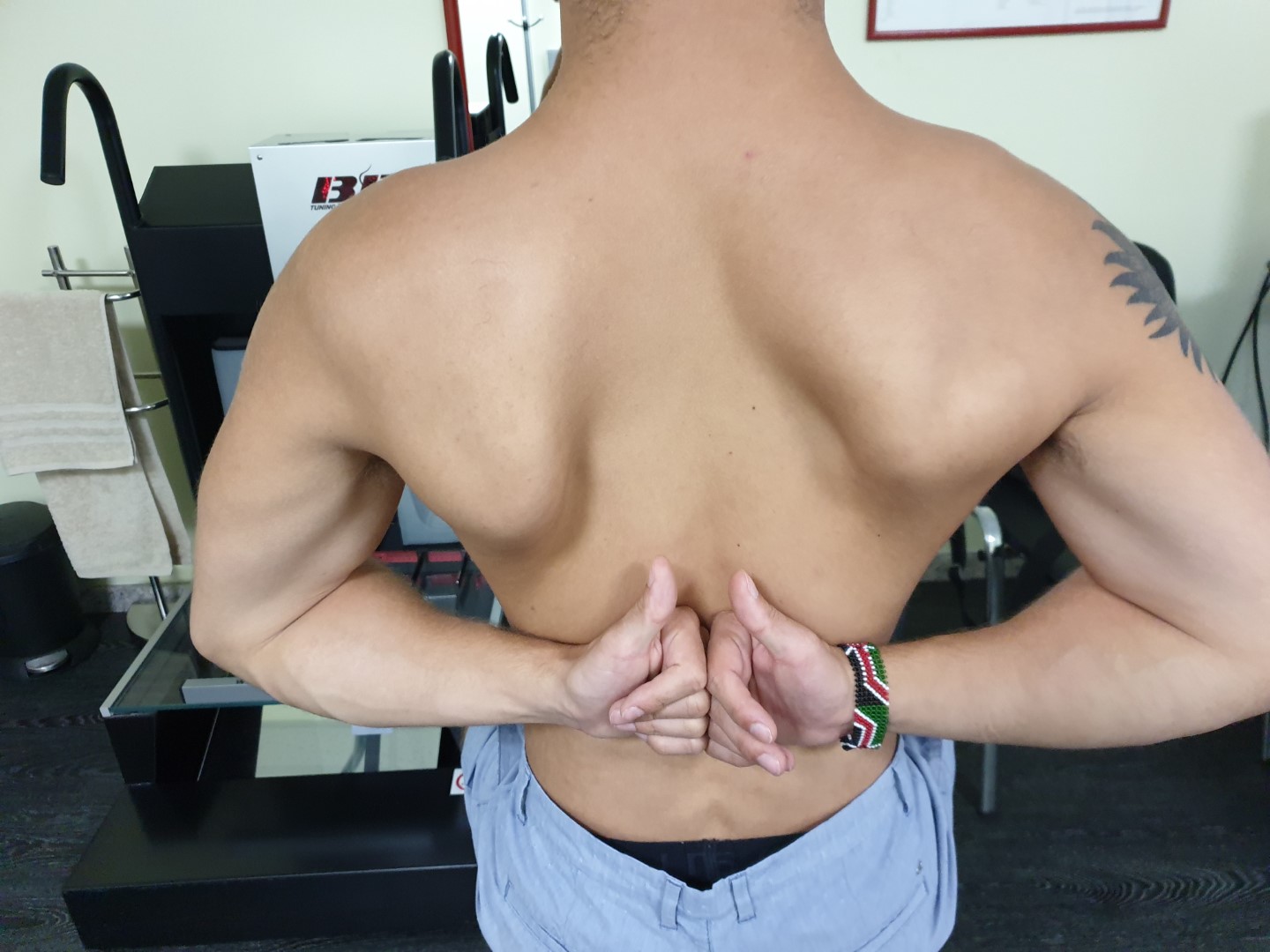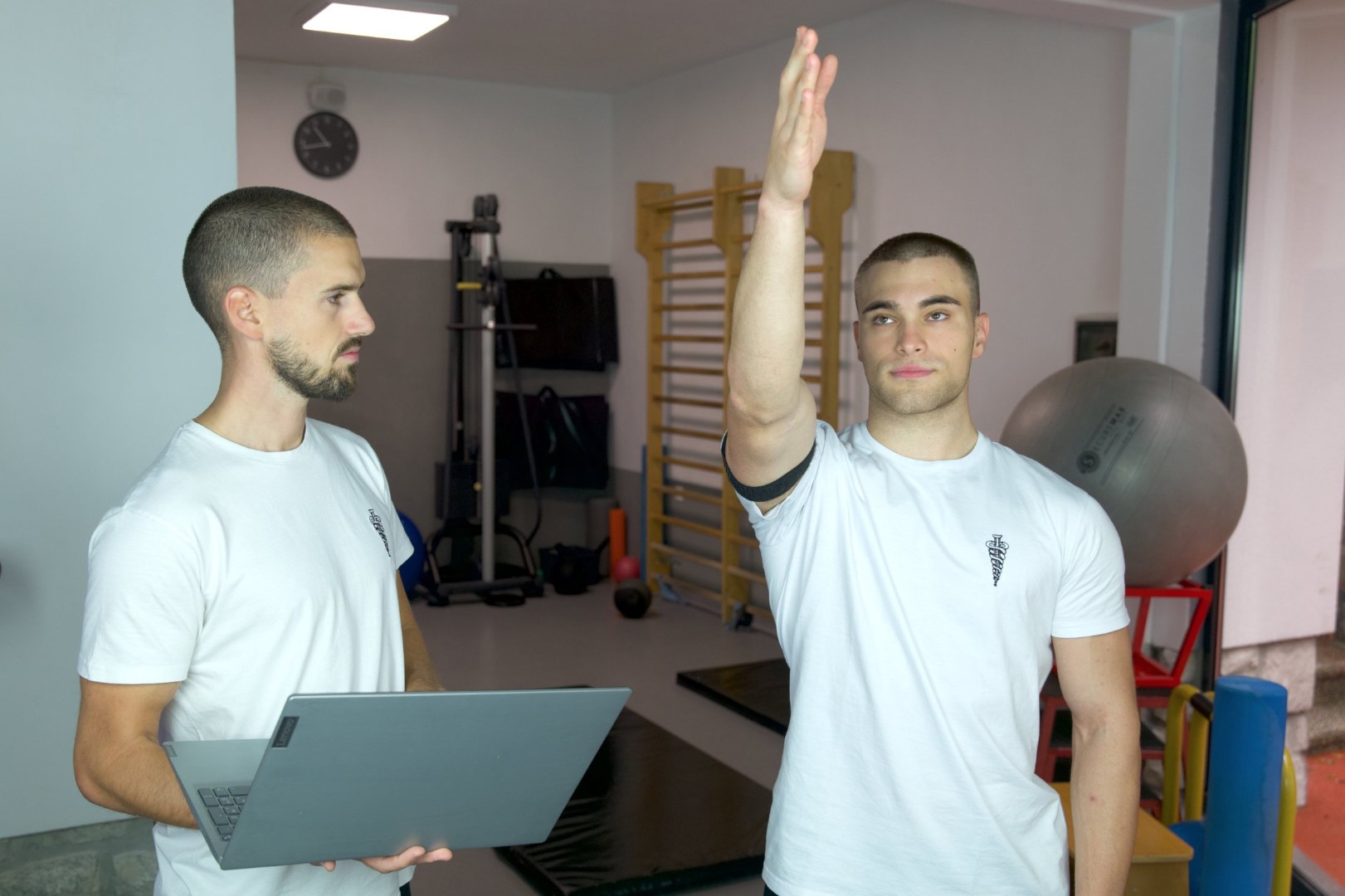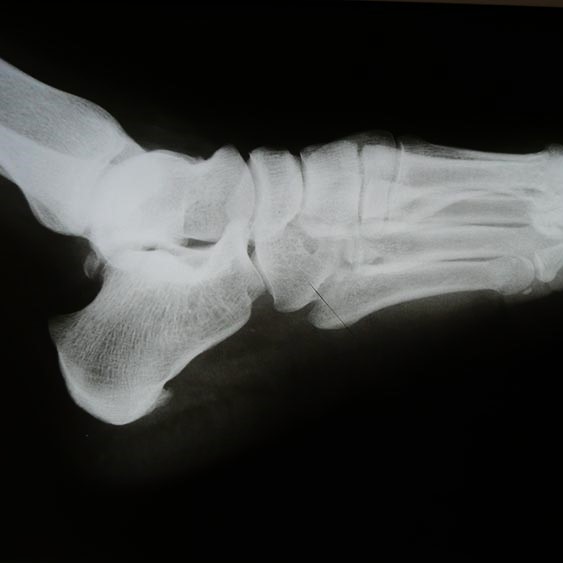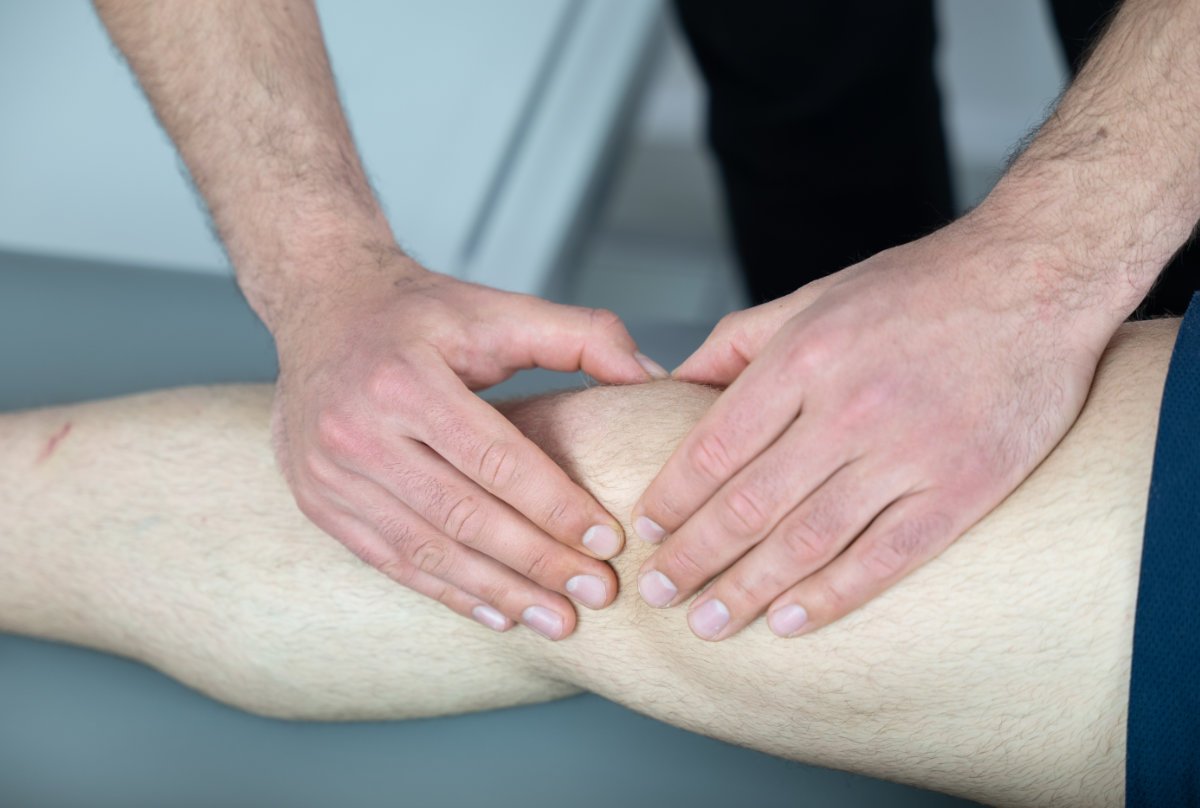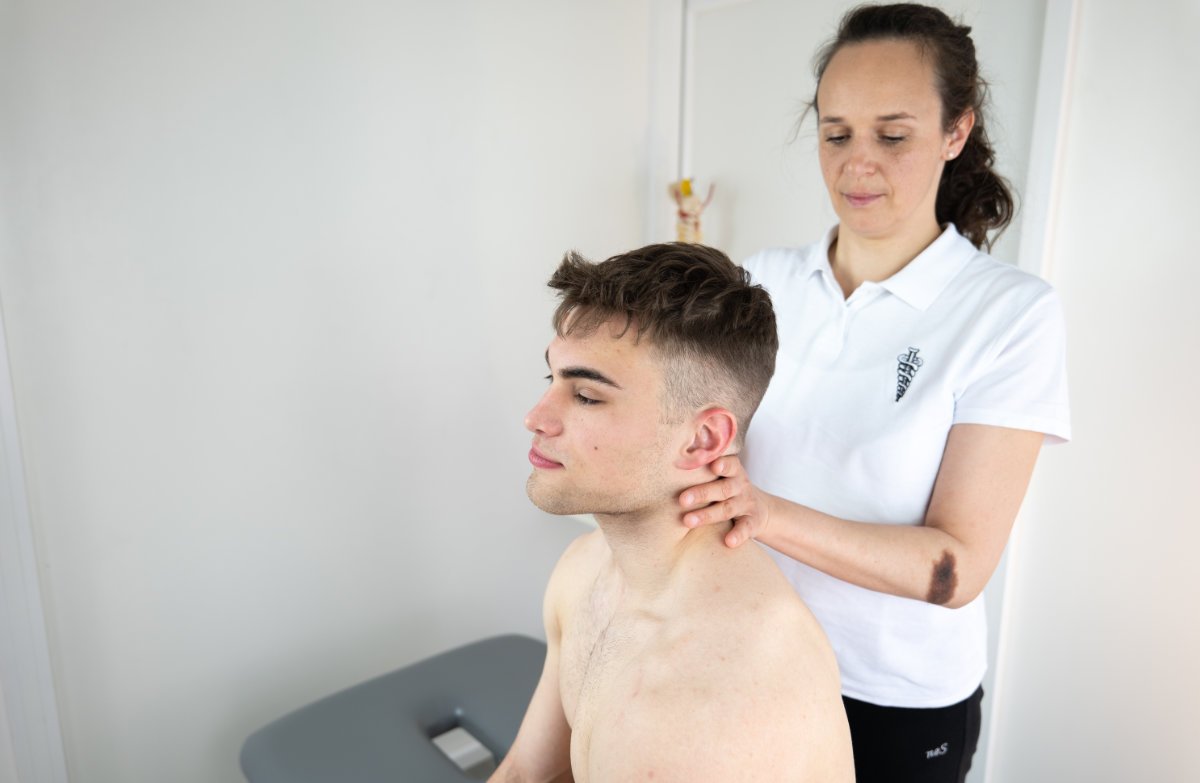Premium
Paid
A small bone embedded in the tendon of the large thigh muscle, which we call the patella or kneecap, is colloquially and incorrectly referred to as the “cap.” It is located on the front side of the knee and is very easy to locate when you run your hand over that spot. Its primary role is to serve as a fulcrum for the large thigh muscle during knee extension, just as a seesaw’s pivot point is in its middle.
Premium
Paid
When the correct diagnosis is made, it will be easy to determine the appropriate therapy!? If things were that simple, medicine wouldn’t be complex, half of the medical staff would be unnecessary, and the therapy itself, if not the diagnosis, would be determined by a computer algorithm or, more recently, artificial intelligence.
Premium
Paid
When physical stress exceeds the tissue’s ability to heal or adapt, damage occurs, collectively referred to as overuse syndromes. More precisely, this stress is not one-time but cumulative, meaning small damages occur over a certain, usually longer, period.
Premium
Paid
It was long believed that every muscle rupture or damage is a trauma. The logic behind this belief was that the pain and the damage occur suddenly, not gradually. Some professionals still adhere to this principle. However, time, experience, clinical practice, and some studies have shown that there are two types of muscle injuries.
Premium
Paid
“Sports against health.”
Once upon a time, that sentence slipped out during a major international sports event among colleagues, coaches, and other sports professionals. It was an insufficiently thought-out reaction to what I saw everywhere around me at that moment.Premium
Paid
The main characteristic of this condition is pain in the knee area, specifically just below or above the patella (kneecap). This is the small bone located at the front of the knee, easily noticeable as it lies directly beneath the skin. Its function becomes clearer when understanding its position within the knee joint.
Premium
Paid
A recreational runner, in a lengthy letter, describes their problems with pain in the left Achilles tendon, which has persisted for over a year. So far, they have tried various therapeutic methods, but none have provided relief. Recently, following a friend’s recommendation, they began a daily routine of special Achilles tendon stretching, where they rise on a step with the opposite leg and slowly lower themselves with the injured one.
Premium
Paid
Shin splints is a colloquial term that, for many years, encompassed any pain in the front and often the back of the lower leg, particularly when caused by intense training. However, the lower leg and foot are complex biomechanical systems and, as such, do not tolerate generalizations. They require precise diagnosis, followed by appropriate and targeted treatment.
Premium
Paid
The winter season is just around the corner, bringing new challenges for the locomotor system. Unfortunately, throughout all our years of work, we have observed an increase in the number of patients following the winter holidays, especially due to injuries related to snow and ice.
Premium
Paid
On X-rays of children and adolescents, bones appear as if they have cracks—some with one, others with multiple. These “cracks” are actually cartilage that allows for the elongation and enlargement of bones during growth phases, known as epiphyseal plates or growth zones.
Premium
Paid
The carpal tunnel or carpal canal are synonymous terms referring to the anatomy of the hand and its tendons, blood vessels, and nerves. Some of the tendons that allow the fingers to grasp and touch pass in a bundle through a relatively narrow tunnel formed by the wrist bones on one side and a rigid ligament called the transverse carpal ligament on the other. Besides the tendons, nerves and blood vessels also pass through this tunnel, creating quite a bit of congestion in a small space.
Premium
Paid
A very simplified and only partially accurate definition of this chronic condition is the “wearing down of joint cartilage”. This is how we explain it to our patients, which creates treatment challenges that cost time, money, and patience for everyone unfortunate enough to be diagnosed with osteoarthritis in any joint.
Premium
Paid
Proprioception is often called the sixth sense. It encompasses a complex concept that includes communication between muscle and joint sensors and brain centers that register the position of all body parts at any moment. With each step during ordinary walking or running, complex proprioceptive processes are activated to help the body maintain balance and sustain the stability of the entire system.
Premium
Paid
Much is determined by our genes. Some of these characteristics are clearly visible, such as height, hair or eye color, physique, and the size of feet or hands, while others are more subtle and escape immediate observation, such as explosiveness, speed, jumping ability, and flexibility. This last characteristic is the focus of this text.
Premium
Paid
The ACL (recently also abbreviated as LCA) stands for “anterior cruciate ligament.” It is a very strong internal ligament of the knee, and injuries to it are commonly seen in athletes (both professional and recreational), with recovery often being lengthy and complex.
Premium
Paid
As kinesiotherapists, we need to know which training equipment to use in rehabilitation. These may include dumbbells, medicine balls, cables, kettlebells, resistance bands, balance boards, sticks, trainers, weights, and many others. It is essential to recognize the value of each and use them correctly.
Premium
Paid
At the back of the lower leg, there are two muscles that primarily form its shape. One is closer to the surface, called the gastrocnemius, while the other lies just beneath it, known as the soleus.
Premium
Paid
The plantar fascia is actually a broad ligament that extends along the underside of the foot, from the heel bone all the way to the toes. It has three functions, two of which are well described in the literature.
Premium
Paid
One of my friends, an active athlete and unfortunately, a frequent patient of mine, has often loudly commented on the fact that during therapies, I show no interest in the exact spot where he feels pain, tightness, or another issue for which he sought help.
Premium
Paid
In the 1990s, almost all groin pains, especially in athletes, were attributed to muscle strains or inflammation of their tendons.
Premium
Paid
Ankle sprains are the most common injury in that part of the body. Sprains can be classified by severity into mild, moderate, and severe, and by type into inversion (twisting inward), eversion (twisting outward), and plantar, where the entire foot is bent backward.
Premium
Paid
This is an unusual condition that only occurs in the shoulder joint and nowhere else in the body. If the patient does not have diabetes, it occurs only once in a lifetime. In over 97% of cases, it leaves no lasting consequences once it passes. Even after 200 years of research, we still do not understand the causes of its onset.
Premium
Paid
We had many questions and uncertainties about athlete training, especially in the transitional phase from the rehabilitation process (which we completed) to sport, professional training and competition. Very often, coaches and physiotherapists are unsure of how this transitional phase should look.
Premium
Paid
Imaging diagnostics, especially MRI, has brought significant benefits to orthopedics and physiotherapy. Especially today, when examinations with 3T resolution machines are available to most. Whenever we are unsure about a diagnosis, MRI is there, and the information it provides is usually useful. However, relying predominantly on images and less on physical examination has its drawbacks.
Premium
Paid
Anterior knee pain is common in adolescents and young women, often with no clear diagnosis. Discover possible causes and treatment approaches using the holistic tension model.
Premium
Paid
Shoulder joint is built so that the cup looks like a shallow saucer, and is located on the scapula and is called the glenoid, and the joint head is an almost regular sphere, significantly larger than the cup. Such a structure allows great mobility, but also considerable instability.
Premium
Paid
When the scapula makes an unusual movement when raising the arm, we call it dyskinesia. This phenomenon has been talked about a lot in the profession for the last twenty years.
Premium
Paid
In direct translation, impingement means pinching, which means that the pathological processes in this painful syndrome are caused by too strong or too long pressure on the soft tissues in the shoulder.
Premium
Paid
Today, we consider osteophytes to be the body’s normal response to the physical stress to which that compound is exposed.
Their formation increases the surface area over which the force is transferred to the bone, thus reducing the pressure per unit area.Premium
Paid
Recently, a football player sought assistance a few days after receiving a blow to the thigh during a match. Two days after the injury, the front muscle of the thigh was painful and slightly swollen, after a rough massage at the club, colloquially referred to as “dissolving the hematoma,” the swelling of the thigh increased even more.
Premium
Paid
Imaging diagnostics (MRI, X-ray, ultrasound, CT…) is of great assistance in diagnosis, but when taken for granted, it can also be a major obstacle, as shown by the following example from our practice.

